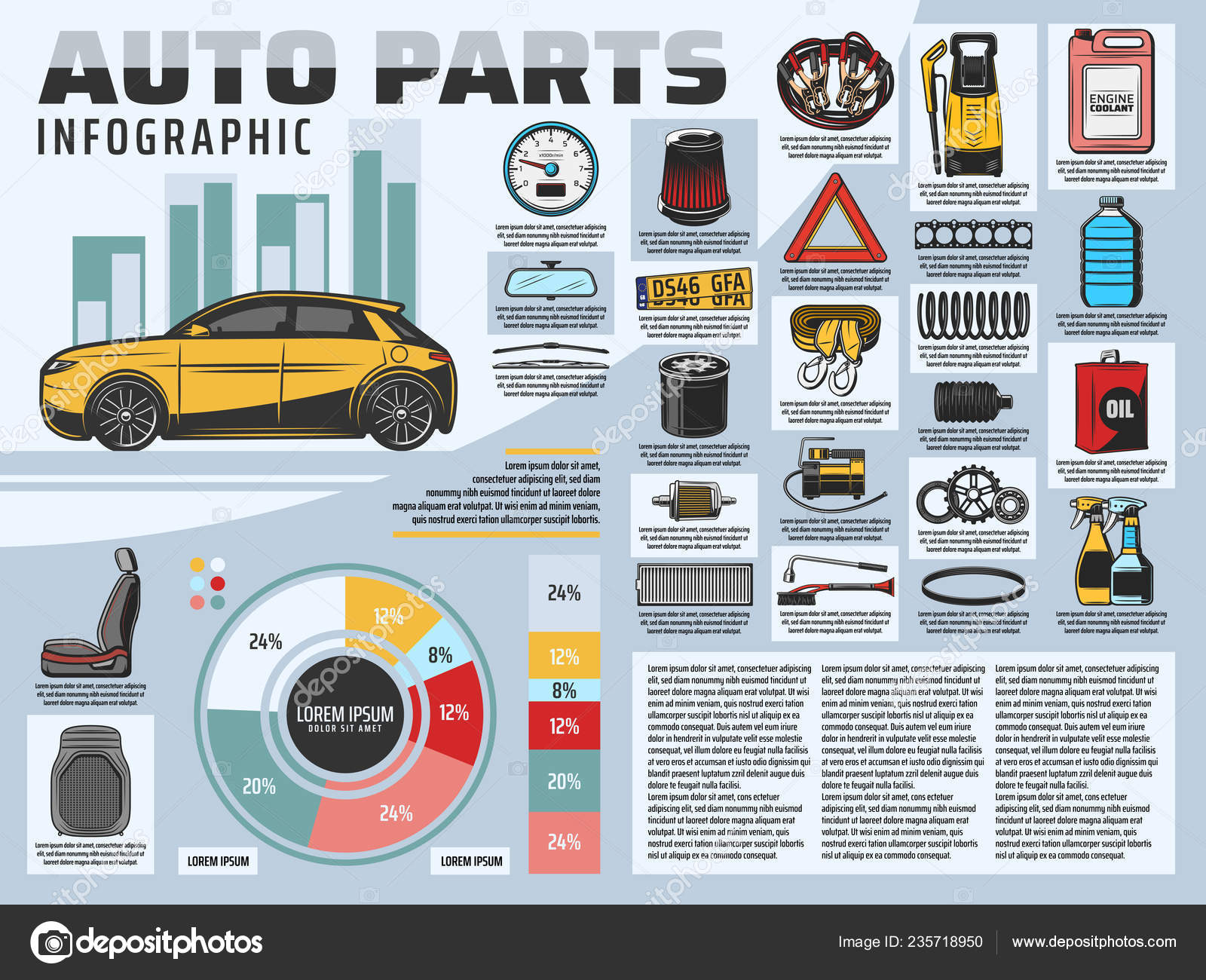Curious Regarding Those Dashboard Warning Lights In Your Cars And Truck? Figure Out What They Mean For Your Vehicle'S Health And Wellness
Curious Regarding Those Dashboard Warning Lights In Your Cars And Truck? Figure Out What They Mean For Your Vehicle'S Health And Wellness
Blog Article
Write-Up Author-Boye Shepherd
When you're behind the wheel, those beautiful caution lights on your control panel can be a bit complicated. Do detailing specialist recognize what they're attempting to inform you about your cars and truck's health? Comprehending the significance of these lights is essential for your safety and security and the durability of your car. So, the following time one of those lights appears, would not you wish to analyze its message accurately and take the needed actions to resolve it?
Common Warning Lighting and Interpretations
Determine usual warning lights in your auto and understand their significances to make certain safe driving.
The most regular warning lights include the check engine light, which indicates problems with the engine or emissions system. If this light begins, it's critical to have your car examined immediately.
The oil stress advising light shows reduced oil stress, calling for immediate focus to avoid engine damage.
A blinking battery light might recommend a malfunctioning billing system, possibly leaving you stranded otherwise attended to.
The tire stress tracking system (TPMS) light signals you to low tire stress, impacting automobile stability and fuel effectiveness. Disregarding this might bring about dangerous driving conditions.
The abdominal light shows a trouble with the anti-lock stopping system, jeopardizing your capacity to stop swiftly in emergency situations.
Finally, the coolant temperature advising light warns of engine getting too hot, which can result in serious damages otherwise fixed quickly.
Recognizing these typical warning lights will aid you resolve concerns without delay and preserve secure driving conditions.
Value of Prompt Attention
Recognizing the usual caution lights in your car is just the first step; the importance of promptly addressing these cautions can not be stressed sufficient to ensure your safety when driving.
When a warning light brightens on your control panel, it's your car's way of communicating a possible concern that needs attention. Disregarding these warnings can cause more serious troubles in the future, endangering your security and potentially costing you a lot more out of commission.
Prompt attention to advising lights can stop failures and crashes. For example, a blinking check engine light can suggest a misfire that, if left neglected, could trigger damage to the catalytic converter. Addressing this promptly can save you from a costly repair.
Similarly, a brake system warning light could indicate low brake liquid or worn brake pads, vital elements for your security when driving.
DIY Troubleshooting Tips
If you see a caution light on your control panel, there are a couple of do it yourself repairing ideas you can attempt before looking for expert help.
car washes open near me is to consult your automobile's manual to recognize what the particular caution light indicates. Often the issue can be as simple as a loosened gas cap causing the check engine light. Tightening the gas cap may solve the problem.
An additional usual concern is a reduced battery, which can trigger different cautioning lights. Inspecting the battery connections for corrosion and ensuring they're safe and secure might repair the problem.
If a caution light persists, you can try resetting it by separating the cars and truck's battery for a couple of mins and then reconnecting it. Furthermore, inspecting your automobile's fluid degrees, such as oil, coolant, and brake fluid, can assist repair advising lights related to these systems.
Verdict
To conclude, comprehending your automobile's warning lights is necessary for keeping your car running smoothly and safely. By quickly resolving these notifies and recognizing what they imply, you can stay clear of costly repair work and prospective breakdowns.
Keep in mind to consult your auto's guidebook for specific information on each cautioning light and take action appropriately to make certain a trouble-free driving experience.
Keep educated, stay safe on the road!
